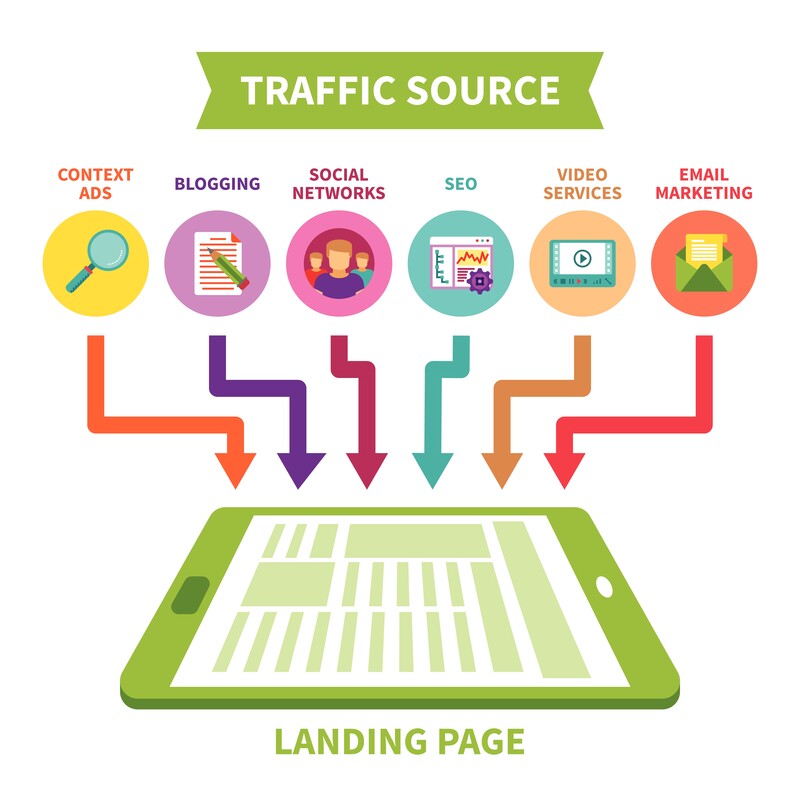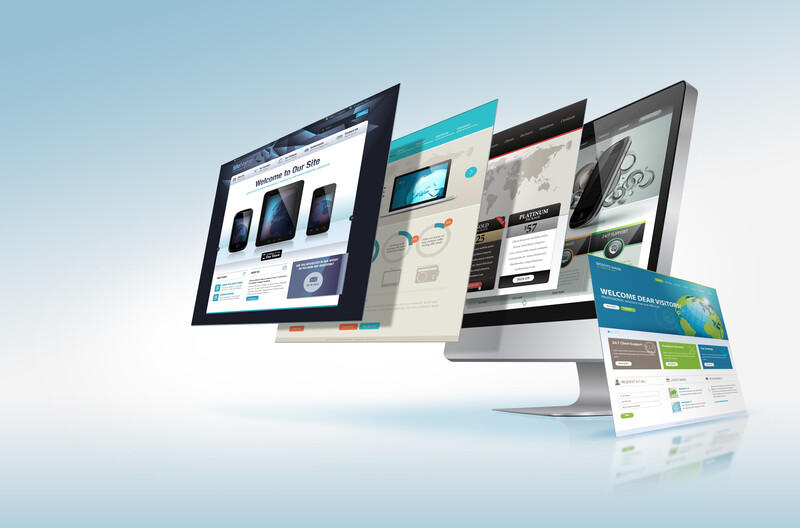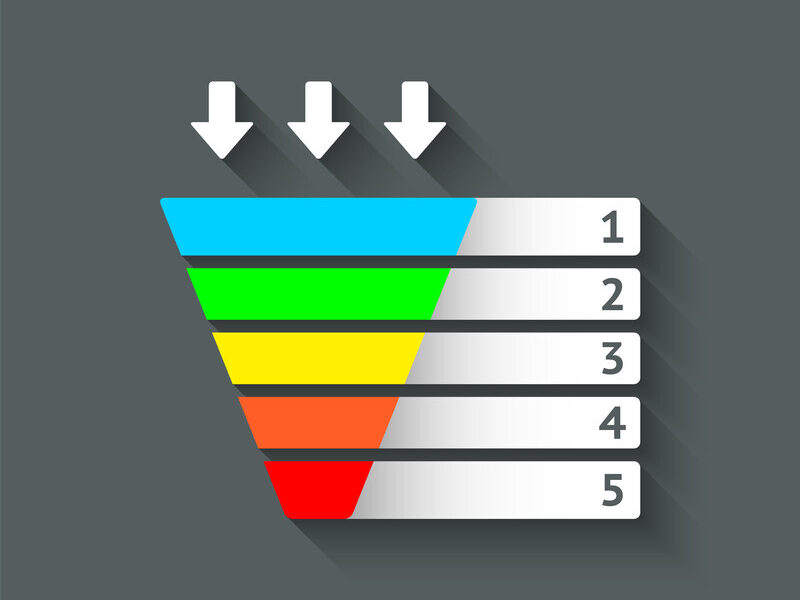The digital marketing world is filled with terminologies that can confuse even the most seasoned marketer. One such term is the “landing page.” In this article, we will provide a workable landing page definition, explore what makes a good landing page, and provide insights on optimizing it for better conversions. Let’s get started.
Defining a Landing Page
A landing page, also known as a splash page, destination page, static page, or lead capture page, is a standalone web page specifically designed for a digital marketing campaign. It is the first point of contact for a visitor after clicking on an advertisement, email link, or search result.
The primary purpose of a landing page is to encourage a user to take a specific action, such as making a purchase, signing up for a newsletter, or providing contact information.
Landing pages are an essential component of any funnel, as they help convert visitors into customers by providing targeted content and a clear call-to-action (CTA).
What Makes a Good Landing Page?
There are several factors that contribute to a successful landing page. Here are some key elements to consider when designing your landing pages:
1. Clear and Compelling Headline
A captivating headline is crucial for grabbing the attention of your visitors and encouraging them to stay on your page. Your headline should be concise, engaging, and clearly convey the unique value proposition of your offer.
2. Relevant and Persuasive Copy
The content on your landing page should be relevant to your target audience and should persuade them to take the desired action. Focus on communicating the benefits of your product or service, using a tone and language that resonates with your audience.
3. Engaging Visuals
Incorporate images or videos that support your message and help visitors visualize your offering. Ensure that your visuals are of high quality and accurately represent your brand.
4. Strong Call-to-Action (CTA)
Your CTA should stand out on the page and clearly indicate the action you want the visitor to take. Use persuasive language and make it easy for users to complete the desired action.
5. Simple and Intuitive Design
A clutter-free and easy-to-navigate design helps users find the information they need quickly and efficiently. Keep your layout simple and focus on the essential elements that drive conversions.
6. Mobile Responsiveness
With the increasing number of users accessing the internet through their smartphones, it is essential that your landing pages are optimized for mobile devices. Ensure that your design adapts to different screen sizes and offers a seamless experience for all users.
7. Trust Signals
To build trust with your visitors, include elements such as testimonials, case studies, and social proof on your landing page. These elements can help reassure users about the credibility of your brand and the quality of your offering.
8. Fast Loading Speed
A slow-loading page can frustrate users and cause them to leave your site. Optimize your landing page’s loading speed by compressing images, minimizing the use of heavy scripts, and utilizing caching techniques.
Sources of Paid Traffic for your Landing Pages
There are several sources of paid traffic that you can use to drive visitors to your landing pages. Some of the most popular sources include:
1. Paid Search Traffic
Major search engines like Google and Bing offer paid advertising opportunities that allow you to display your ads alongside relevant search results. By targeting specific keywords, you can attract users who are actively searching for products or services like yours.
2. Paid Social Traffic
Platforms like Facebook, Instagram, Twitter, and LinkedIn enable you to advertise to a highly targeted audience based on their interests, demographics, and browsing behavior. Paid social traffic can help you reach users before they actively start searching for your product or service, increasing your chances of converting them into customers.
3. Email Campaigns
Email marketing can be an effective way of driving traffic to your landing pages. By sending targeted emails to your subscribers, you can encourage them to visit your landing pages and take the desired action.
4. Display Advertising
Display ads are visual advertisements that appear on websites, apps, and social media platforms. These ads can be in the form of banners, rich media, or native ads, and can help drive traffic to your landing pages by targeting users based on their browsing history and interests.
Optimizing Your Landing Pages for Better Conversions
Creating a well-designed landing page is just the beginning. To ensure the success of your campaign, it’s essential to continually test and optimize your landing pages for better conversions. Here are some tips to help you improve your landing pages:
1. A/B Testing
Experiment with different variations of your landing page to identify the most effective version. You can test elements such as headlines, copy, images, and CTAs to determine what resonates best with your audience.
2. Analyzing User Behavior
Use tools like heatmaps and session recordings to gain insights into how users interact with your landing pages. This information can help you identify areas for improvement and optimize your pages for better user experience.
3. Personalization
Tailor your landing pages to cater to the specific needs and preferences of your target audience. By creating personalized content and experiences, you can increase the relevance of your landing pages and boost conversions.
4. Tracking and Measuring Performance
Monitor the performance of your landing pages by tracking key metrics such as conversion rate, bounce rate, time on page, and user engagement. This data can help you identify areas for improvement and make data-driven decisions to optimize your pages for better results.
Conclusion
Understanding what is a landing page and its role in the marketing funnel is crucial for creating effective campaigns that drive conversions. By focusing on the key elements that make a good landing page and continually optimizing your pages for better performance, you can increase the success of your marketing efforts and achieve your conversion goals.





